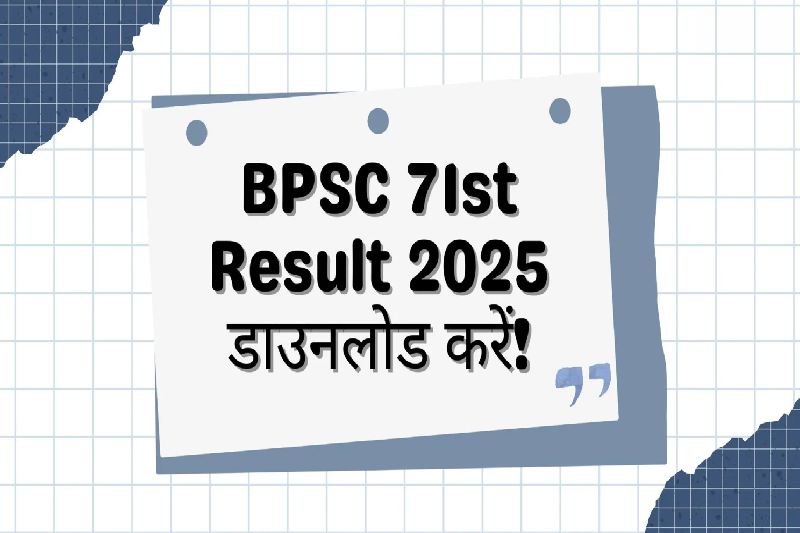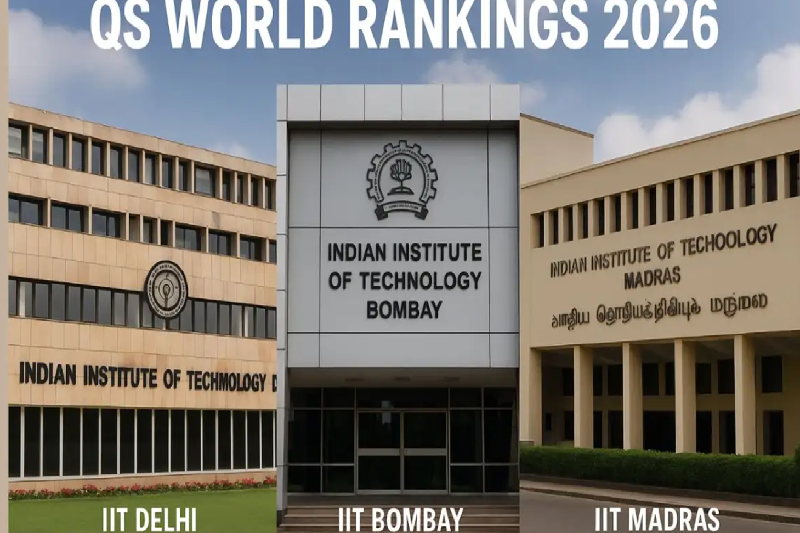
Perception Parameter a ‘Black Box’ in NIRF Rankings: BITS Pilani V-C Calls for Greater Transparency
The National Institutional Ranking Framework (NIRF), established by the Government of India, has been a benchmark for assessing higher education institutions in the country. However, questions about the methodology, reliance on self-reported data, and the controversial ‘perception’ parameter have drawn attention from academic leaders. Prof. V. Ramgopal Rao, Group Vice-Chancellor of BITS Pilani and former Director of IIT Delhi, has been a vocal critic, urging greater transparency and suggesting reforms to make the rankings more credible and reliable.
BITS Pilani Enters Top 10: What Changed?
This year, BITS Pilani entered the top 10 in NIRF's ‘universities’ category for the first time since 2016. The achievement reflects the institute’s ongoing research, infrastructure, and placement efforts. Prof. Rao pointed out that the rise was driven by enhanced research output, a growing number of PhD students, and improved placement statistics.
“Today, we have over 2,500 PhD students, compared to 700–800 five years ago. This expansion has significantly contributed to our research performance,” said Prof. Rao. Additionally, median salaries for graduates are growing at around 11% annually, reflecting both the quality of education and industry alignment.
Despite these improvements, Prof. Rao highlighted areas needing attention. Research investment remains a challenge, as supporting each PhD student costs approximately ₹25 lakh over five years. Scaling research output requires doubling these investments, prompting the institute to explore partnerships and funding from industry.
Concerns About the ‘Perception’ Parameter
Prof. Rao raises a major concern about the ‘perception’ parameter, which he describes as a “black box.” He explains that BITS Pilani, despite being a 60-year-old institute with a strong legacy, has consistently scored low on perception, often lower than newer private universities that have emerged over the past 10–15 years.
“In 2024, our perception score was just 19 out of 100. This shows that the parameter is subjective and lacks clarity in methodology,” he noted. Prof. Rao questioned how respondents are selected, how mailers are distributed, and who inputs the data, emphasizing that these uncertainties undermine credibility.
To improve reliability, Prof. Rao suggested limiting perception surveys to academicians, elected fellows, and employers who have a professional stake in the education ecosystem rather than sending questionnaires indiscriminately. He stressed that government-conducted rankings have the advantage of impartiality, unlike private ranking agencies, and should, therefore, ensure methodological transparency.
Self-Reported Data and Its Limitations
Another key issue Prof. Rao raised is the reliance on self-reported institutional data. Universities submit information to multiple regulatory bodies such as NAAC, NIRF, and AICTE, creating duplication and potential inconsistencies.
Prof. Rao recommended creating a centralized portal for data submission, allowing institutions to report data once. The portal could include verification mechanisms and random audits to ensure accuracy. This approach would minimize errors and reduce administrative burden while enhancing the credibility of the rankings.
Transparency in Methodology
Prof. Rao emphasized that NIRF, a government initiative, should prioritize complete transparency. Simple steps like publishing all submitted data and clearly explaining how scores are calculated would allow institutions and the public to better understand how rankings are derived.
“Transparency is critical because government rankings have wide-reaching implications. Unlike private rankings, participation is not optional, so the methodology must be robust, credible, and fully open,” he said.
Research Metrics and Integrity
Research evaluation in NIRF rankings has also been a point of contention. Prof. Rao highlighted that the framework measures both the number and quality of publications, but some institutions may engage in practices like self-citations, artificially inflating numbers.
The 2025 NIRF report included measures such as eliminating self-citations at the institution level, a step toward improving integrity. Prof. Rao welcomed these changes but stressed that negative scoring for retracted research and additional integrity measures should be consistently applied to prevent manipulation.
Lessons from International Rankings
While BITS Pilani faces challenges with NIRF, Prof. Rao acknowledged that international rankings also incorporate perception scores, often leading to similar concerns. However, he argued that the Indian framework has an opportunity to set higher standards of transparency, providing a model for ranking systems in other countries.
By involving verified stakeholders and publishing data openly, NIRF can establish trust and credibility in the eyes of institutions, students, and policymakers.
Moving Forward: Recommendations for NIRF
Based on his observations and research, Prof. Rao outlined several key recommendations to improve NIRF:
- Clarify the perception metric: Limit survey participants to qualified academicians, elected fellows, and employers.
- Centralized data submission: Create a single portal for reporting to NIRF, NAAC, and AICTE with integrated verification.
- Transparency in methodology: Publicly display submitted data and explain score calculations.
- Strengthen research evaluation: Continue integrity checks like eliminating self-citations and penalizing retracted publications.
- Random audits: Conduct periodic verification of reported data to maintain accuracy and fairness.
The BITS Pilani Journey
Despite the challenges, BITS Pilani’s top 10 entry marks a milestone in its ongoing quest for excellence. The institution continues to invest in research, expand its PhD programs, and enhance placements while exploring collaborations with industry to support future growth.
Prof. Rao concluded, “With better transparency, credibility, and methodological rigor, NIRF can truly reflect the quality of Indian higher education institutions. Our experience shows that investment in research, academic rigor, and student outcomes is key, but the system must also evolve to reward these efforts accurately.”



